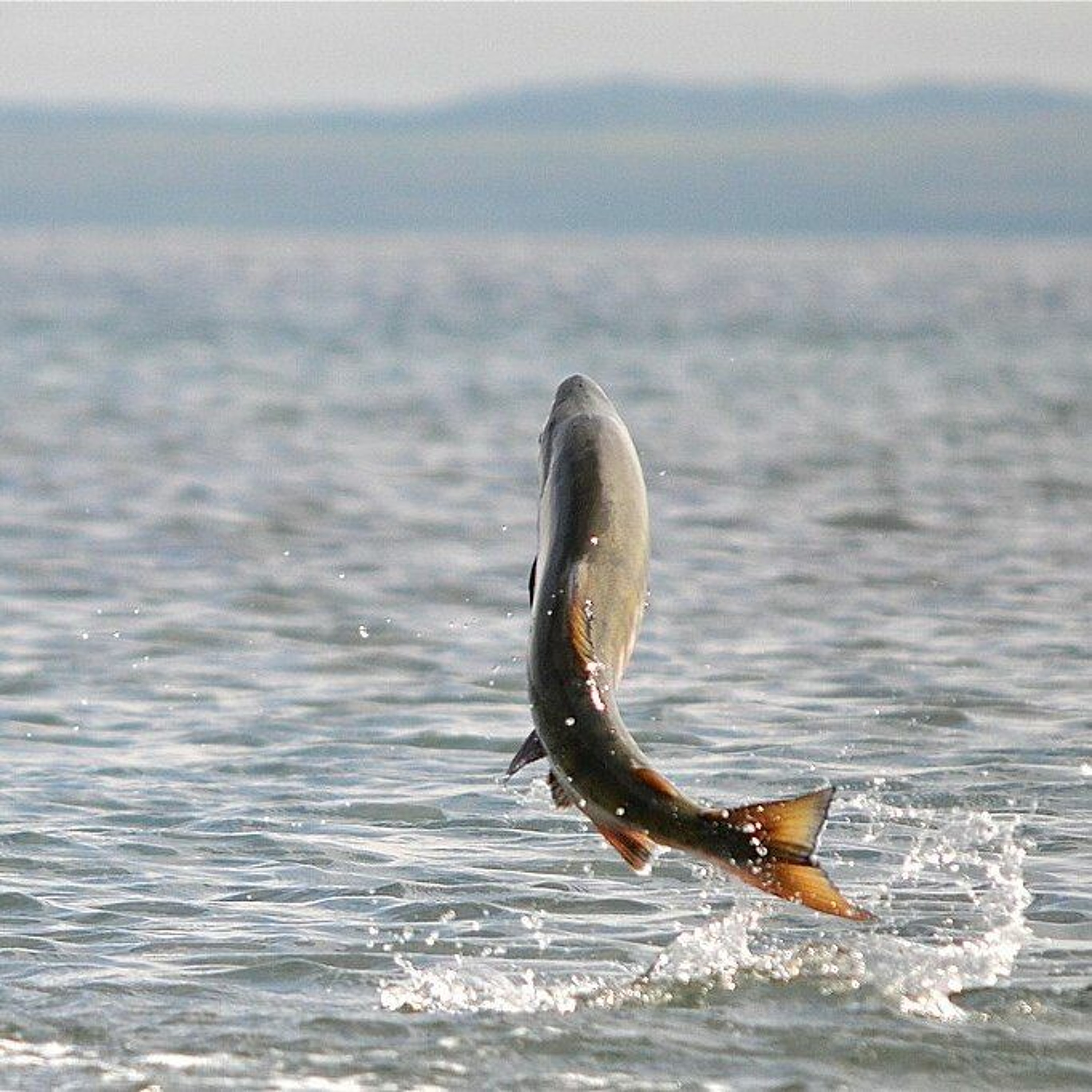Wills the heavy rains come in time for this year's Chum run?
- Author
- roy.hales9.gmail.com
- Published
- Tue 19 Sep 2023
- Episode Link
- https://soundcloud.com/the-ecoreport/wills-the-heavy-rains-come-in-time-for-this-years-chum-run
Roy L Hales/ Cortes Currents - Very little water is trickling through Basil Creek, where Cortes Island’s principal Chum run occurs in late October. There have been few days of rain on Cortes since May, and some of the area's shallow wells stopped producing in July. Only about 10 Chum were seen in Basil Creek during the 2022 drought. Unless water levels rise, this may be the second year in a row when there is not a creek for the Chum return.
According to the Pacific Salmon Foundation, BC is going through ‘one of the most extreme periods of drought in recorded history.’
Jason Hwang explained, “Past droughts in B.C. were isolated to specific areas and watersheds. But this year, drought is an everywhere problem. Even the wettest areas in B.C. are seeing dry and hot conditions. We are seeing significant impacts on salmon-bearing rivers and streams. Salmon returning to their freshwater habitats are facing these extreme drought stressors. It’s the equivalent of trying to run a marathon in a sauna.”
DFO Communications Advisor Alexandra Coutts emailed Cortes Currents that Area #13, which includes Cortes, Quadra and Sonora Islands as well as Campbell River, is one of the many areas still in the midst of a level 5 drought.
Quadra based reporter Rochelle Baker observed this is the third year in a row.
Anecdotal evidence suggests this year’s Pink Salmon runs in the Campbell River and Quinsam River are strong, as they were in 2022, but this may not be true of outlying areas.
Coutts wrote, “It is too early to comment on returns at this time. However, early indications for systems where fish are able to get through are promising. Salmon runs will continue into the late fall. Data will be collected, validated and then published.”
“In recent years extreme environmental conditions experienced in southern and central British Columbia during the summer have negatively affected Pacific salmon.”
“Prolonged periods of heat and lack of precipitation have resulted in droughts and associated dewatering of important fish habitats, reduced oxygen levels and delayed or impeded migration to salmon spawning areas in freshwater systems and have resulted in pre-spawn mortality.”
“In a growing number of watersheds, in-river water temperatures have exceeded upper thermal tolerances for salmon resulting in pre-spawn mortality.”
“Lower than average snowpack in southern British Columbia and long-range forecasts indicate salmon survival is likely to be impacted by prolonged periods of heat and drought (June through October).”
“It is common for fish habitat to dry up/disconnect during the dry, warm summer months. This can cause adult salmon or salmon fry to be trapped in isolated pools, with the potential for mortality due to loss of water, lack of oxygen, warm water temperatures, lack of food, and increased exposure to predation.”
“DFO has been actively engaged and working with Indigenous, Community and NGO partners on local interventions where possible to address drought related issues for salmon. This work includes hands-on work such as addressing extreme drought related strandings and migration blockages as well as providing advice to partners. The wide geographic extent of drought impacts will mean that direct intervention is not possible in every case. DFO is also working with the Province of B.C. as the lead jurisdiction for water management during times of drought.”
